People
‘The First Monday in May’ Goes Behind the Scenes at Met Ball Drama
Everything you want to know about the show.
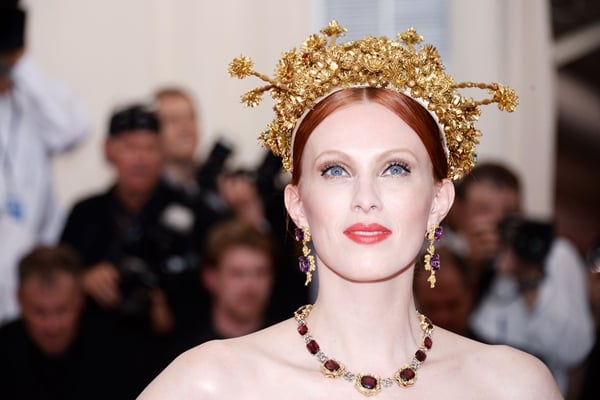
Photo: Courtesy of Clint Spaulding/PatrickMcMullan.com.
Everything you want to know about the show.

Sarah Cascone

The opening night of the Tribeca Film Festival (April 13–24, 2016) is dedicated to the biggest exhibition the Metropolitan Museum of Art has seen in years: “China: Through the Looking Glass.”
First Monday in May, directed by Andrew Rossi, goes behind the scenes at the Costume Institute during preparations for last year’s attendance record-breaking exhibition and the accompanying Metropolitan Museum Costume Institute Gala.
Thrown by Vogue editor-in-chief Anna Wintour, the annual benefit, which attracts celebrities from film, television, music, and fashion, is described in the film by former Vogue editor-at-large André Leon Talley as “the Super Bowl of social fashion events.”
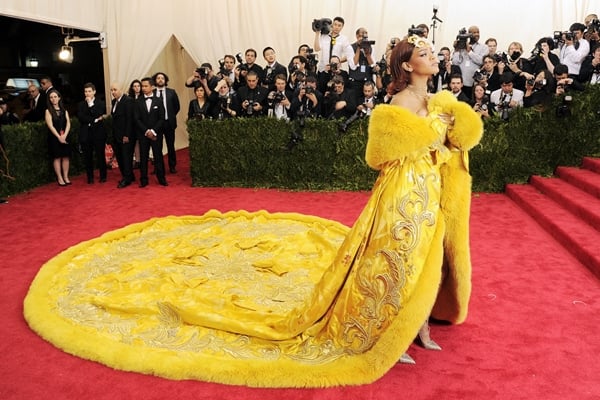
Rihanna.
Photo: Nicholas Hunt/PatrickMcMullan.com
Rossi covers the planning for both the show, curated by the Costume Institute’s Andrew Bolton, and the super-powered event. From its humble origins, when fashion wasn’t considered as worthy of sharing similar spaces as high art, the Costume Institute, with its potent cocktail of high couture and celebrity, has become a banner event for the Met.
The documentary reveals the ups and the downs of planning a museum exhibition and party of this scale. Like The September Issue, the 2009 documentary about Vogue‘s biggest annual issue, the drama is sometimes amusingly high. Here, however, Wintour’s Devil Wears Prada-tendencies are downplayed, even as she acts as a reserved foil to the more effusive Bolton.
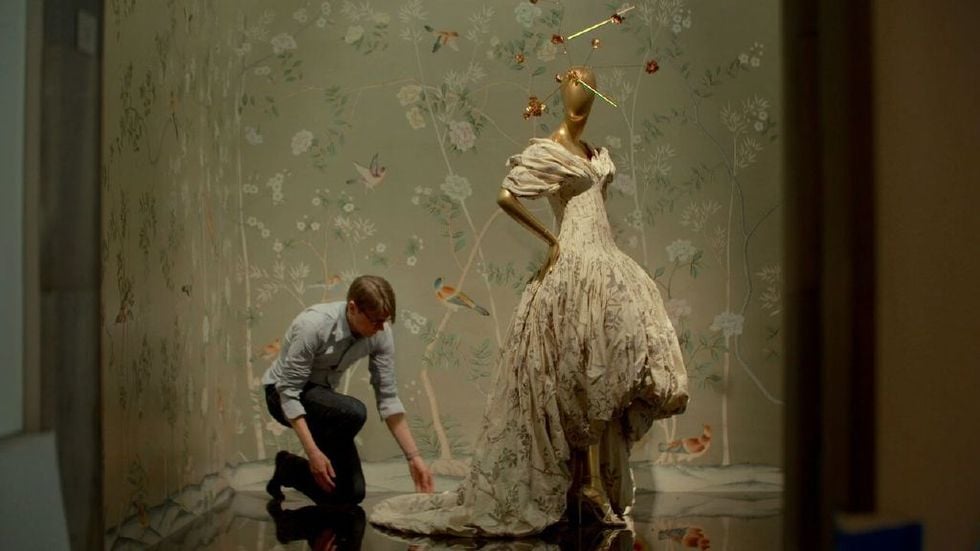
The First Monday in May film still.
Photo: Magnolia.
For both Wintour and Bolton, pursuing the Chinese theme in a respectful manner became a careful dance.
“It’s going to be inevitably controversial,” admitted Bolton to the filmmakers, acknowledging the challenge of presenting classical Chinese imagery with falling into stereotypes. “I think shows should be controversial and provocative,” he added.
“The complexity of the subject matter itself requires delicate handling so we’re not misunderstood,” a diplomatic Thomas Campbell, the museum’s director, told the camera after film director Baz Lurhmann successfully discouraged Wintour from framing the Met staircase with two massive dragon topiaries.
“We’re working around the main mine fields,” Campbell said. “Of course it’s something that’s probably going to blow at any moment.”
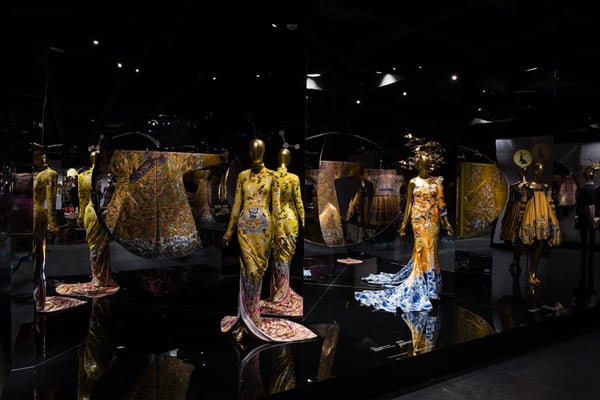
Installation view of “China Through the Looking Glass.”
Photo: courtesy of the Metropolitan Museum of Art.
Ultimately, the museum was able to successfully navigate potential explosions, at least on the scale of Kimono-gate at the Museum of Fine Arts Boston. Critics’ reviews of both the exhibition and the gala’s red carpet looks certainly raised the issue of cultural exchange versus appropriation, and attempted to identify where “China Through the Looking Glass” fell on that tricky spectrum.
It’s clear that Campbell, more than anything, just wants to show some gorgeous dresses. To a certain degree, he does just that—”Through the Looking Glass” was nothing if not a beautiful show.
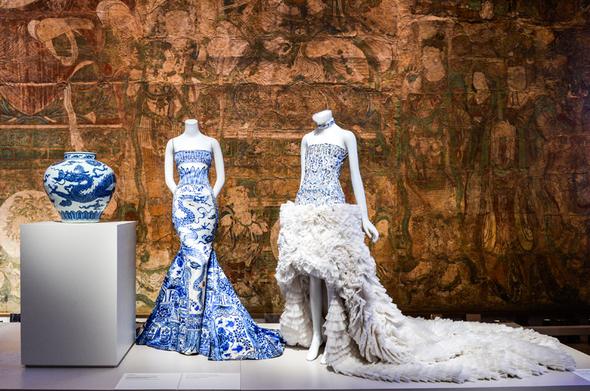
Details of “China: Through the Looking Glass”.
Photo: Joe Schildhorn/BFA.
The film is most interesting when it delves into the Costume Institute’s enviably massive closet. In row after row of racks hang onen the most wonderfully diverse wardrobes in the world, and the staff would like to keep it that way. Rather than sheathing each garment in a protective cover, the Met has guests to the closet don what appear to be medical scrubs, as if visiting a vulnerable hospital patient.
But these moments are, alas, few and far between. There are interviews with several designers, including Karl Lagerfeld and John Galliano, but they take a backseat to celebrity and party planning, as does any in-depth analysis of Asian influences on fashion history.

Andrew Bolton in the Costume Institute’s fashion closet in a scene from The First Monday in May, a Magnolia Pictures release.
Photo courtesy of Magnolia Pictures
That’s not to say viewers won’t get a kick out of all the hand-wringing over seating arrangements for the ball—Wintour seems surprisingly hands-on in this regard, and seeing the celebrities in action is undoubtedly rewarding.
During the big event, especially post-red carpet, Rossi has managed to capture a number of seemingly-sincere off-the-cuff remarks that fit perfectly with our preconceived notions of what certain celebrities are really like.

Anna Wintour in a scene from The First Monday in May, a Magnolia Pictures release.
Photo courtesy of Magnolia Pictures
“Oh my god, I’m going to be all by my lonesome, just like high school,” remarked Chloe Sevigny before sitting down at a still-empty table that Wintour had previously singled out for its conspicuous lack of star power.
Larry David, in prime form, wonders “What this fuck is this?” when faced with the red carpet spectacle, while George Clooney and Amal Alamuddin, immune to it all, are briefly spotted in a ultra-sweet, romantic embrace.
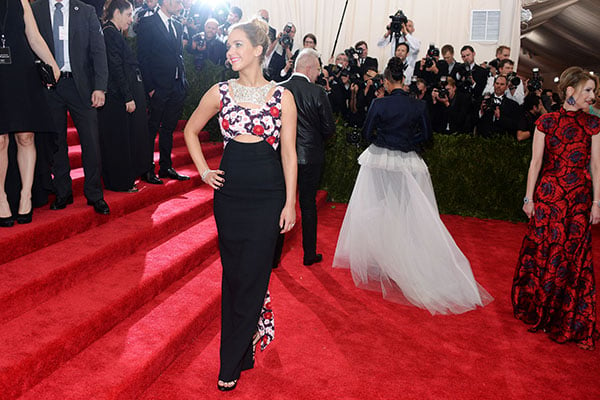
Jennifer Lawrence at the Costume Institute Benefit at the Metropolitan Museum.
Photo: Clint Spaulding, © Patrick McMullan.
Jennifer Lawrence is seen kicking off her shoes and walking knock-kneed up the steps in her mermaid dress. Meanwhile, Justin Bieber asks his entourage “how do you think that would look on me?” while standing in front of a Maoist uniform.
As the party heads into high gear, the film cuts to Bolton climbing the stairs to the now-empty exhibition as the crowds cheer for Rihanna’s live performance of “Bitch Better Have My Money.”

A scene from The First Monday in May, a Magnolia Pictures release.
Photo courtesy of Magnolia Pictures
It does make one wonder if the curatorial department feels that their months of preparations are overshadowed by the glitz and glamour of one star-studded evening, but Rossi doesn’t seem concerned. Before you know it, the next day had dawned, and the exhibition was filled with hoards of visitors—over 800,000 in total over the show’s run.
The world premiere of First Monday in May will take place at Tribeca Performing Arts Center on April 13 at 7:30 pm, with an encore at Regal Cinemas Battery Park on April 14 at 9:00 pm.